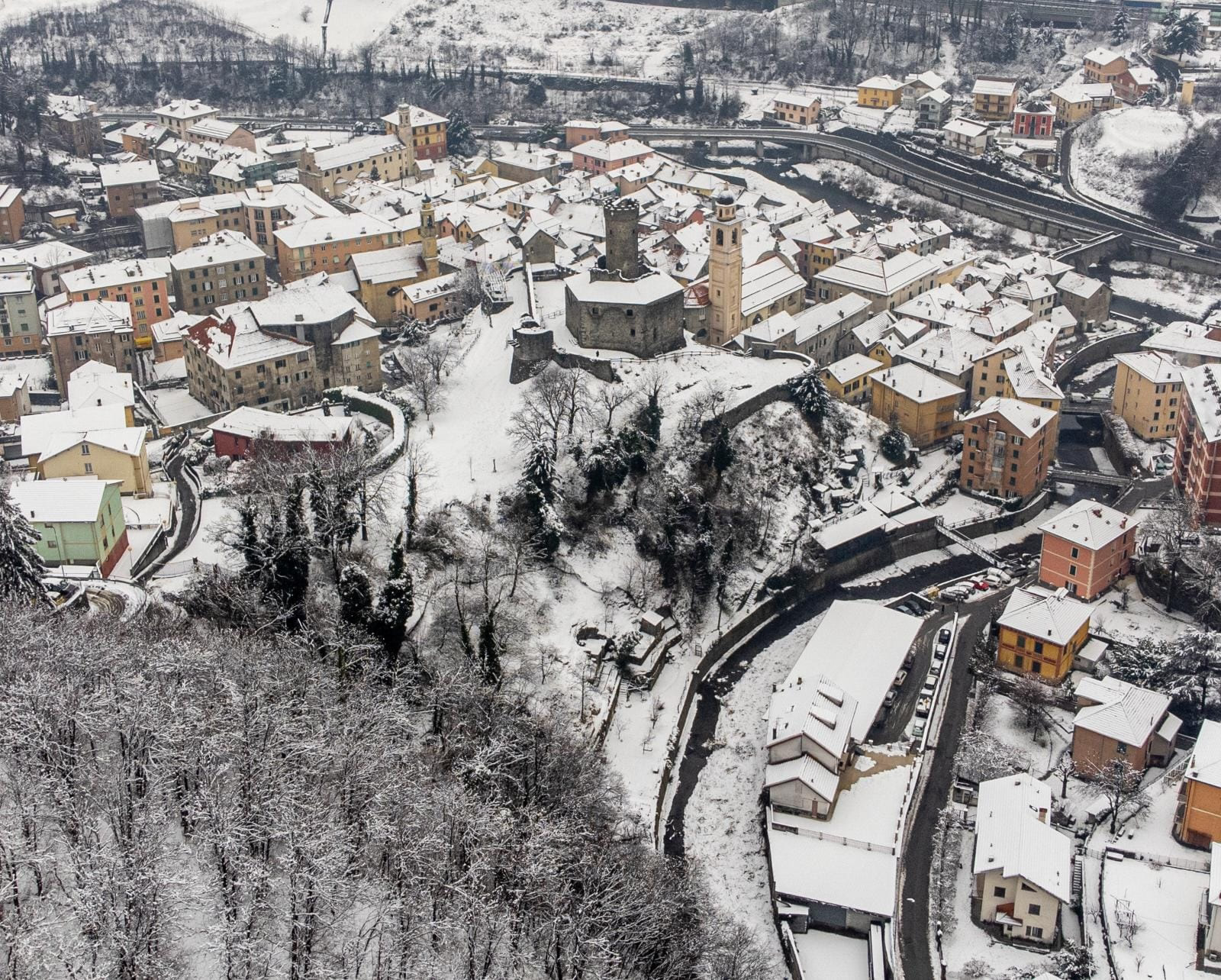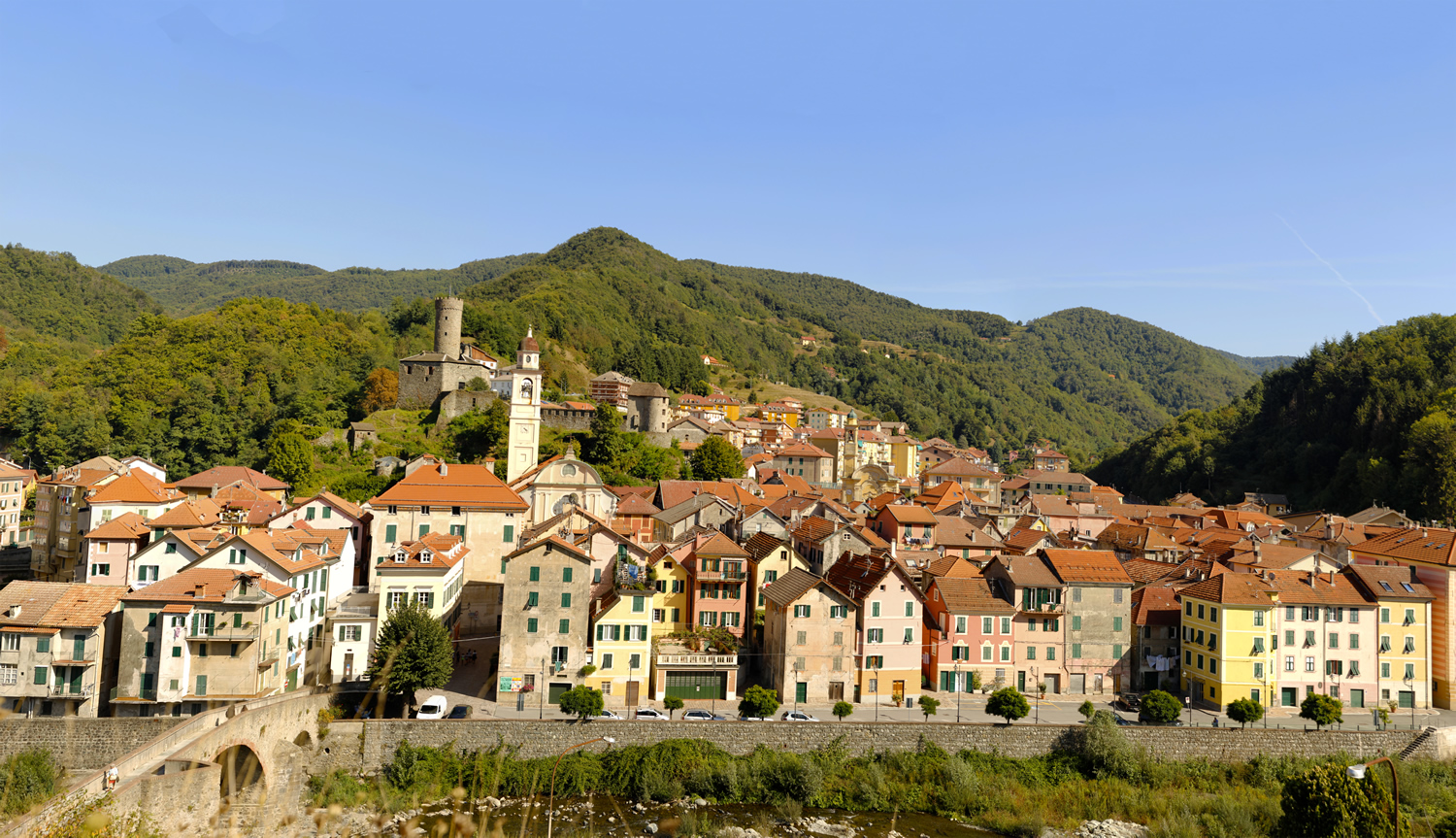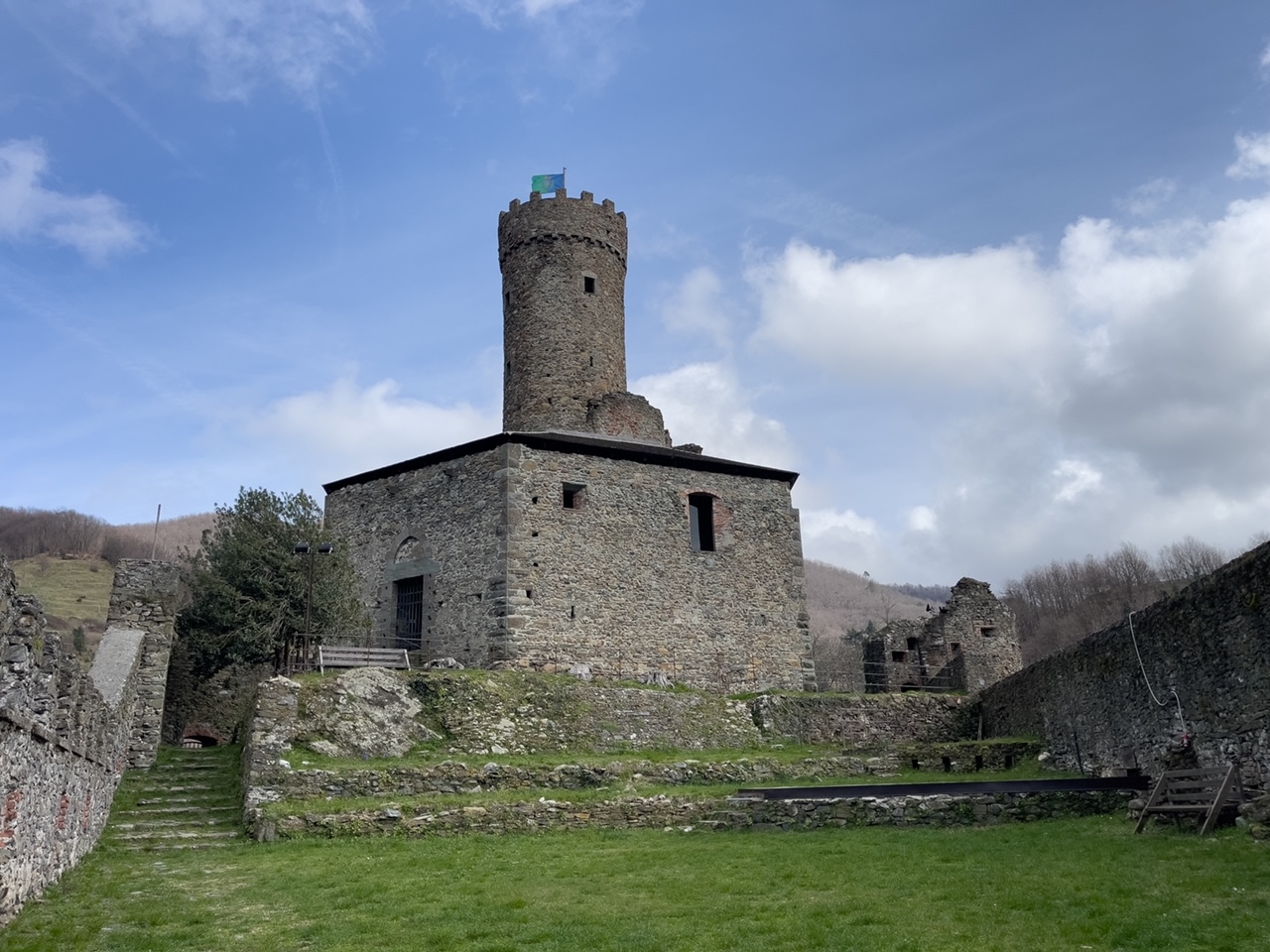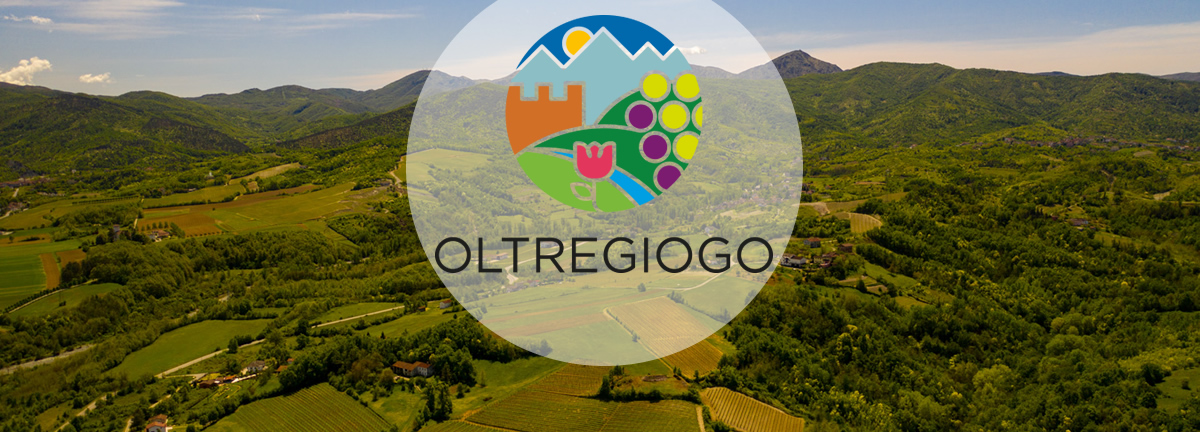The original name of Campofreddo (“cold” from fiefdom or, according to other sources, from the German frei, “free”) derived from the Roman campus. In 1884, Campofredo took the name of Campo Ligure.
Campo Ligure is located on the northern side of the Ligurian Apennines, in Valle Stura. 25 km away from Genoa, the village borders to the east with the Capanne di Marcarolo Natural Park and to the west with the Beigua UNESCO Global Geopark Regional Natural Park. Recognized as the National Filigrana Center, Campo Ligure hosts the only Italian museum dedicated to this art. The historic centre, accessible from the ancient medieval bridge (whose origins date back to the 9th century), is home to: Palazzo Spinola (14th century); the Parish Church which houses the canvas of the “Martyrdom of Saint Lucia” by the great baroque painter of Campesi origins Bernardo Strozzi; the Oratories of N.S. Assunta and Saints Rocco and Sebastiano; the Castle (12th century). Campo Ligure also offers great opportunities for outdoor tourism, such as hiking, mountain biking and horse riding.
Walking along the alleys of the historic centre, you can observe the bright colours of the typically Ligurian houses, smell the scent of focaccia and Revzöra, the typical local focaccia, made from soft wheat flour and corn flour, and above all, visit the workshops of filigree artisans, in whose laboratories, even today as in the past, you can directly observe how the filigreed thread is worked.
THE “PIETRO CARLO BOSIO” FILIGREE MUSEUM
The only museum dedicated to filigree in Italy, the “Pietro Carlo Bosio” Civic Museum of Filigrana (http://www.museofiligrana.org/) represents in all respects the main European documentation centre on filigree. The exhibition, set up inside the historic Palace of Justice, presents a permanent exhibition of collections of filigree objects from Europe, Asia, Africa and Latin America. The exhibition itinerary is divided on three floors and offers a permanent collection of works grouped according to the geographical areas of origin in order to highlight the different processes. The last room of the Museum, recently renovated, is dedicated to Campese filigree and presents an interactive journey to discover the different stages of processing.
THE PARISH CHURCH AND THE ORATORIES
The parish church dedicated to the Nativity of the Virgin Mary, built around the middle of the 18th century to replace the previous one from the 15th century. Among the various and interesting works inside, the church also houses the canvas of the “Martyrdom of Saint Lucia”, painted, in his youth, by the famous seventeenth-century painter Bernardo Strozzi, whose origins are closely linked to Campo Ligure (Bernardo Strozzi lived and was probably born in Campo Ligure).
Walking through the streets of the village you come across Piazza Martiri della Benedicta where the Oratory of Nostra Signora Assunta is located, almost entirely rebuilt in the eighteenth century, following the fire set in the village by Genoese troops on 22 June 1600. Among the works preserved inside the Oratory, the precious wooden group of statues of the “Martyrdom of Saint Stephen” by Domenico Bissone stands out, dating back to between 1615 and 1620: the work, unique in its kind and preceding the better known works by Anton Maria Maragliano, is a rare and admirable example of theatrum sacrum of seventeenth century Genoa.
In Piazza San Sebastiano there is the Oratory of Saints Rocco and Sebastiano, built in the second half of the 17th century in Baroque style. Among the paintings preserved inside, the “Martyrdom of Saint Sebastian” from the school of Domenico Piola stands out. Every year, in the period from December to January the oratory hosts, a characteristic mechanized nativity scene, a reconstruction of the life and activities of the early twentieth century staged using more than 150 animated figurines with the use of mechanisms, many of which are handmade.

THE CASTLE
The Castle stands out in the ancient village of Campo Ligure. Its tower, 22 meters high, appears to have been built on the remains of an older one, while the external wall structure, hexagonal in shape, still perfectly preserved, probably dates back to the 12th or 13th century. The Spinola family made it the sentinel of the village and the Stura valley. Fortified again in 1310, the castle was abandoned in the eighteenth century. In the 1990s it was purchased by the Municipality, cleaned and restored with the participation of the citizens. Of great architectural interest, its courtyard is used in the summer season for evocative and important concerts and theatrical events.
THE GARDEN OF TUGNIN
Walking along the path that descends from the Castle towards the historic centre, it is possible to visit the “Giardino Di Tugnin” (https://www.ilgiardinoditugnin.org/). This open-air museum collects the artistic works of the Campanian sculptor Gianfranco Timossi and you can admire numerous sculptural groups designed and created starting directly from the natural forms of wood, in particular olive wood, to create powerful sculptures inspired mostly by Greek mythology and the Divine Comedy.

History
3rd century AD
The toponym Campo refers to a fortified Roman settlement: a garrison placed by Emperor Aurelian on the Apennines against the first Germanic invasions; the settlement was then further fortified by the Byzantines in the 6th century against the Lombards.
X century
The first parish of Campo, San Michele, probably dates back to this period; the dedication demonstrates the Lombard influence.
1293
The Genoese Lanfranco Spinola, of the San Luca branch, bought Campo.
1329
Lanfranco Spinola’s son, Anfreone, was invested with the imperial fiefdom by Emperor Ludwig IV the Bavarian; from that moment on the small fiefdom of Campo has been an integral part of the Holy Roman Empire, surrounded by territories of the Republic of Genoa.
15th and 16th centuries
Independence from Genoa was consolidated; Campo was loyal to the house of Austria and the Empire; on the other hand, the Spinolas, busy strengthening their power in the city of Genoa, cared little about Campo.
1600
In July, the Republic of Genoa sent mercenary troops to reconquer the country that had rebelled; the village was burned and looted.
1702-1705
Campo was hit by violent floods that destroyed the town and the fabric of its manufacturing economy, forcing a thousand inhabitants to emigrate.
1721
Following complaints from the population about the domineering attitude of the Spinolas, an imperial rescript from Charles VI re-proposed the ancient prerogatives and local privileges; the dispute between Vienna, the Spinolas and the Republic of Genoa attests to the great vitality of the Campo community, which maintained its own representatives in the Austrian capital.
1740-1748
The War of the Austrian Succession saw Campo side with the Empire and the Savoys, against the French and Genoa; once the war ended, Campo suffered the violent reaction of the Genoese.
1748
The peace of Aachen favoured economic recovery: ironworks and forges, spinning mills, paper mills, tanneries, tobacco and gunpowder factories, quarries, furnaces and mills provided employment as well as agriculture and forest cultivation.
1805
Campofreddo became part of the Empire of Napoleon I until 1814, when a group of patriots, led by Benedetto Piana, raised the Habsburg flag.
1815
The Congress of Vienna assigned Campofredo to the Kingdom of Sardinia; the economic fabric of the country was transformed with the establishment of cotton mills which, with over 600 looms, employed more than a thousand workers.
1884
The village took the name of Campo Ligure; in the same year the first filigree goldsmith’s workshop opened, an activity that would develop until the town became the National Centre for Gold and Silver Filigree.

Gallery
